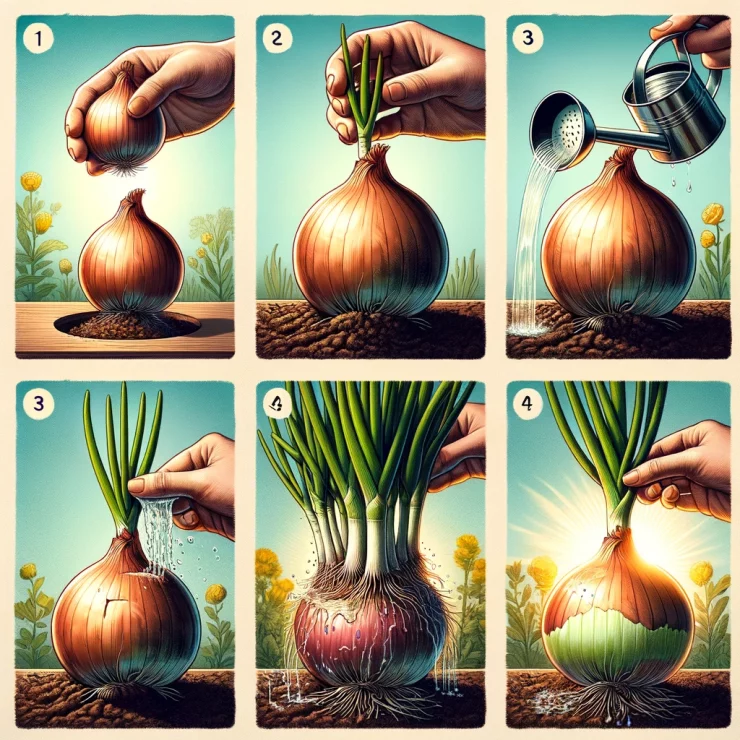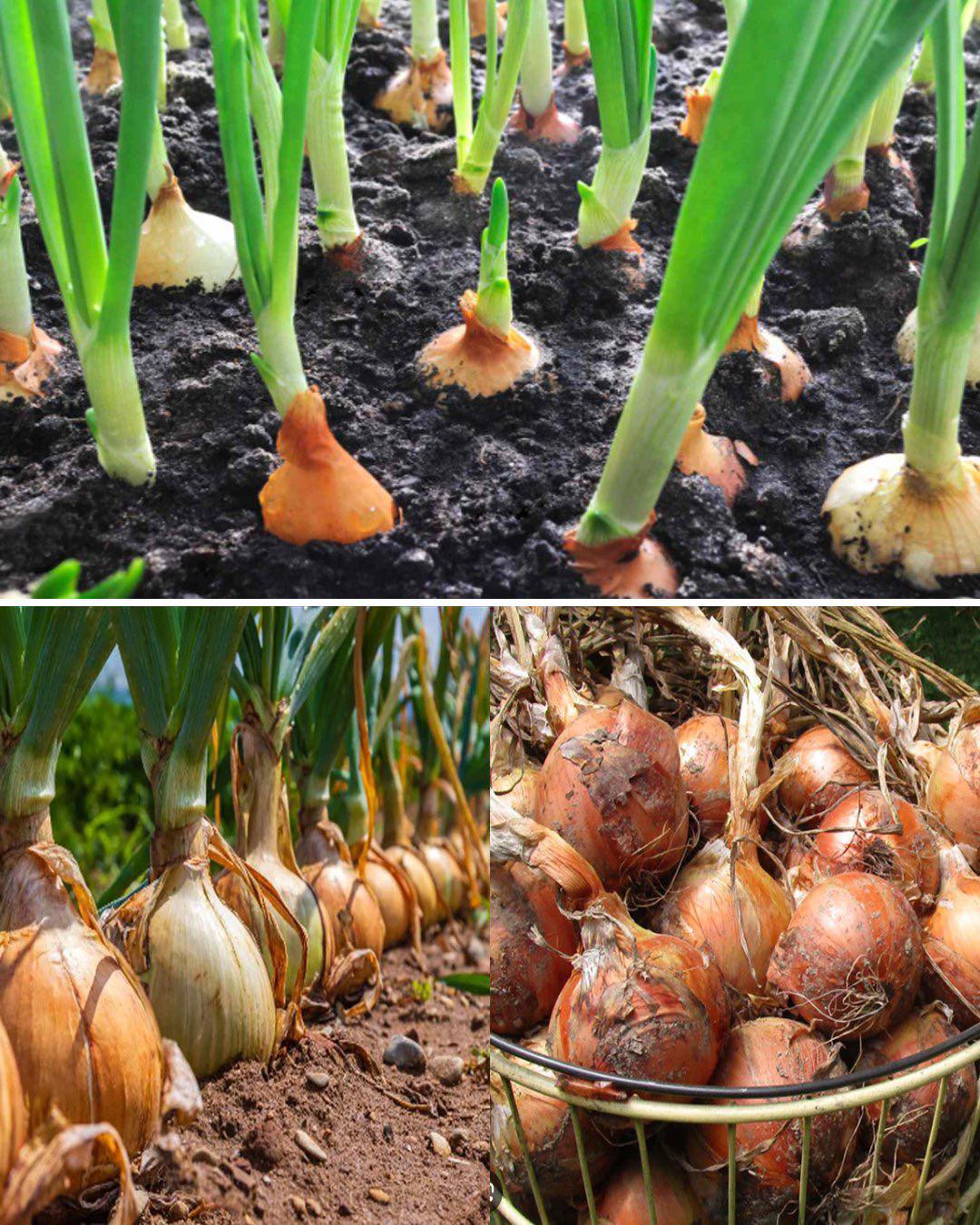Are you tired of constantly shelling out money for onions at the grocery store? Do you wish you could have a fresh, endless supply of onions right in your own backyard? Well, you’re in luck! Growing your own onions is not only easy but also incredibly rewarding. With just a little effort and patience, you can enjoy a constant harvest of this versatile vegetable without ever having to make a trip to the store again.

Why Grow Your Own Onions?
Before diving into the process of growing onions, it’s essential to understand why you should consider growing them yourself. Here are a few compelling reasons:
Cost-Effective: Onions are a staple in many dishes, and purchasing them regularly can add up over time. By growing your own, you can save money in the long run.
Freshness: Store-bought onions may have been sitting on the shelf for weeks, if not months, before making their way to your kitchen. Homegrown onions, on the other hand, are harvested fresh, ensuring optimal flavor and nutrition.
Control Over Quality: When you grow your own onions, you have full control over the growing conditions, ensuring that they are free from harmful pesticides and chemicals.
Sustainability: By growing your own food, you reduce your carbon footprint and contribute to a more sustainable lifestyle.
How to Grow Onions:
Now that you’re convinced of the benefits let’s get into how to grow your own endless supply of onions:
Choose the Right Variety: Onions come in various shapes, sizes, and colors, so choose a variety that suits your taste and growing conditions. Common types include yellow, red, and white onions, as well as shallots and green onions (scallions).
Select a Sunny Location: Onions thrive in full sun, so choose a spot in your garden that receives at least 6-8 hours of sunlight per day.
Prepare the Soil: Onions prefer well-drained soil with a pH level between 6.0 and 7.0. Work the soil to a depth of at least 6 inches, incorporating compost or well-rotted manure to improve fertility.
Planting: Onions can be grown from seeds, sets (small bulbs), or transplants. Plant seeds or sets directly into the soil in early spring, spacing them 4-6 inches apart in rows.

Watering and Maintenance: Keep the soil consistently moist but not waterlogged, especially during the early stages of growth. Mulch around the plants to help retain moisture and suppress weeds.
Harvesting: Onions are ready to harvest when the tops start to yellow and fall over. Carefully lift them from the soil and allow them to dry in a well-ventilated area for a few days before storing.
Storing: Store cured onions in a cool, dry place with good air circulation. Properly stored onions can last for several months, providing you with a steady supply until the next growing season.
By following these simple steps, you can enjoy a continuous harvest of fresh, homegrown onions year-round. So why wait? Start growing your own onions today and say goodbye to store-bought produce for good!
News
JJ Redick reacts to Luka Doncic trade for Anthony Davis
In one of the most jaw-dropping moves of the season, the NBA landscape was rocked by the blockbuster trade involving Luka Dončić and Anthony Davis—a swap that has sent ripples of excitement, disbelief, and heated discussion through the league. Among…
Anthony Davis FULL reaction to trade to Mavericks for Luka Doncic
In a blockbuster move that sent shockwaves through the NBA and left fans reeling, Anthony Davis has been traded to the Dallas Mavericks in exchange for Luka Dončić. In the immediate aftermath of the news, Davis took to the media…
Shaq reacts to Dallas Mavericks wanting Kevin Durant after Luka-AD trade 👀
In the constantly shifting world of the NBA, trade rumors and blockbuster moves are a regular part of the season’s drama. The latest twist has fans buzzing: the Dallas Mavericks have reportedly set their sights on acquiring Kevin Durant in…
Donovan Mitchell FILTHY poster dunk on Kristaps Porzingis 😳
In a game filled with high-intensity moments and jaw-dropping highlights, one play in particular has left fans and analysts buzzing about Donovan Mitchell’s latest display of athleticism. Early in the contest, with the atmosphere already charged by an evenly matched…
Joel Embiid hits go-ahead bucket vs Mavs then chats with Anthony Davis after game
In one of the most thrilling contests of the season, Joel Embiid delivered a clutch performance against the Dallas Mavericks, punctuating the game with a go-ahead bucket that sent the home crowd into a frenzy. The atmosphere in the arena…
D’Angelo Russell game winner as Nets hit two 3’s in 3 seconds to win vs Rockets 😱
In one of the most electrifying moments in recent NBA history, D’Angelo Russell delivered an unforgettable game-winner that left fans and commentators in complete awe. With the Brooklyn Nets locked in a tense battle against the Houston Rockets, the outcome…
End of content
No more pages to load











